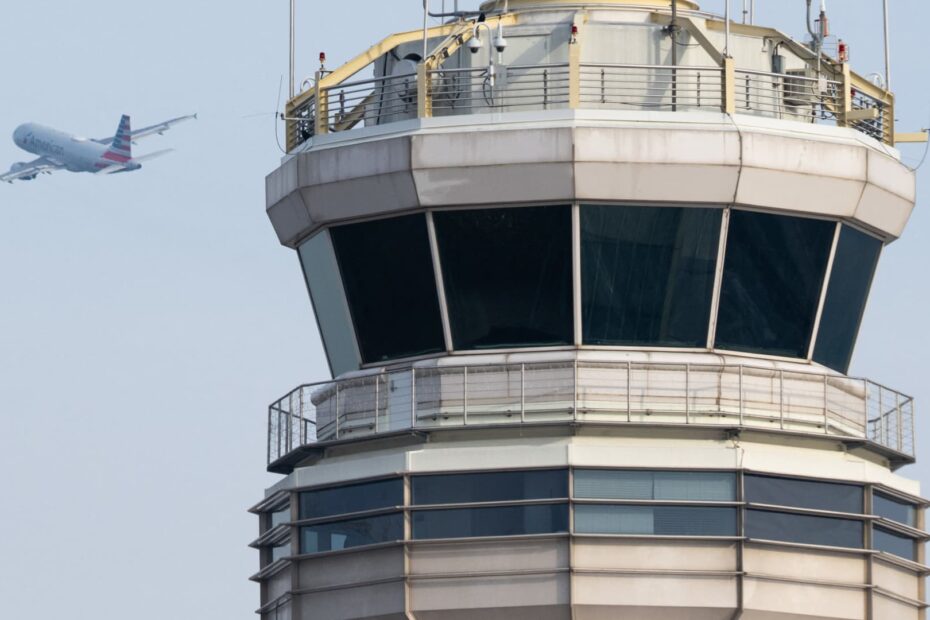The Federal Aviation Administration (FAA) recently announced that it will be implementing new regulations that will require air traffic controllers to have more rest time between shifts. This decision comes in response to concerns about fatigue among air traffic controllers, which can have serious safety implications.
Under the new rules, air traffic controllers will be required to have a minimum of 10 hours of rest between shifts, an increase from the previous requirement of 8 hours. In addition, controllers will be prohibited from working more than 10 hours in a single shift, with at least nine hours of rest required before returning to work.
These changes are a result of recommendations made by the National Transportation Safety Board (NTSB) and the National Air Traffic Controllers Association (NATCA), both of which have raised concerns about fatigue among air traffic controllers. Studies have shown that fatigue can impair cognitive function, reaction time, and decision-making abilities, all of which are critical skills for air traffic controllers.
The FAA’s decision to increase rest time for air traffic controllers is a positive step towards ensuring the safety and efficiency of the national airspace system. By allowing controllers to get more rest between shifts, the FAA is helping to reduce the risk of fatigue-related errors and accidents.
In addition to the new rest time requirements, the FAA is also implementing other measures to address fatigue among air traffic controllers. These include improved scheduling practices, increased opportunities for breaks during shifts, and enhanced training on fatigue management.
Overall, the FAA’s decision to require more rest time for air traffic controllers is a welcome development that will help to improve safety in the skies. By prioritizing the well-being of controllers, the FAA is taking an important step towards ensuring the continued safety and efficiency of the national airspace system.
